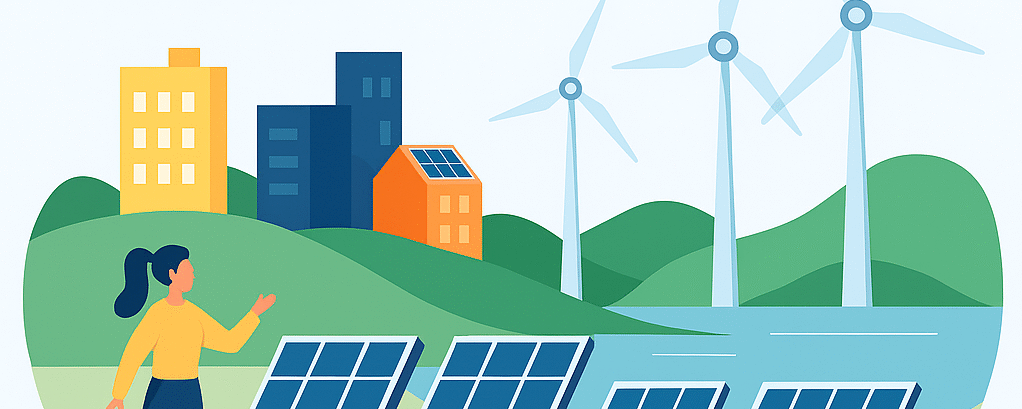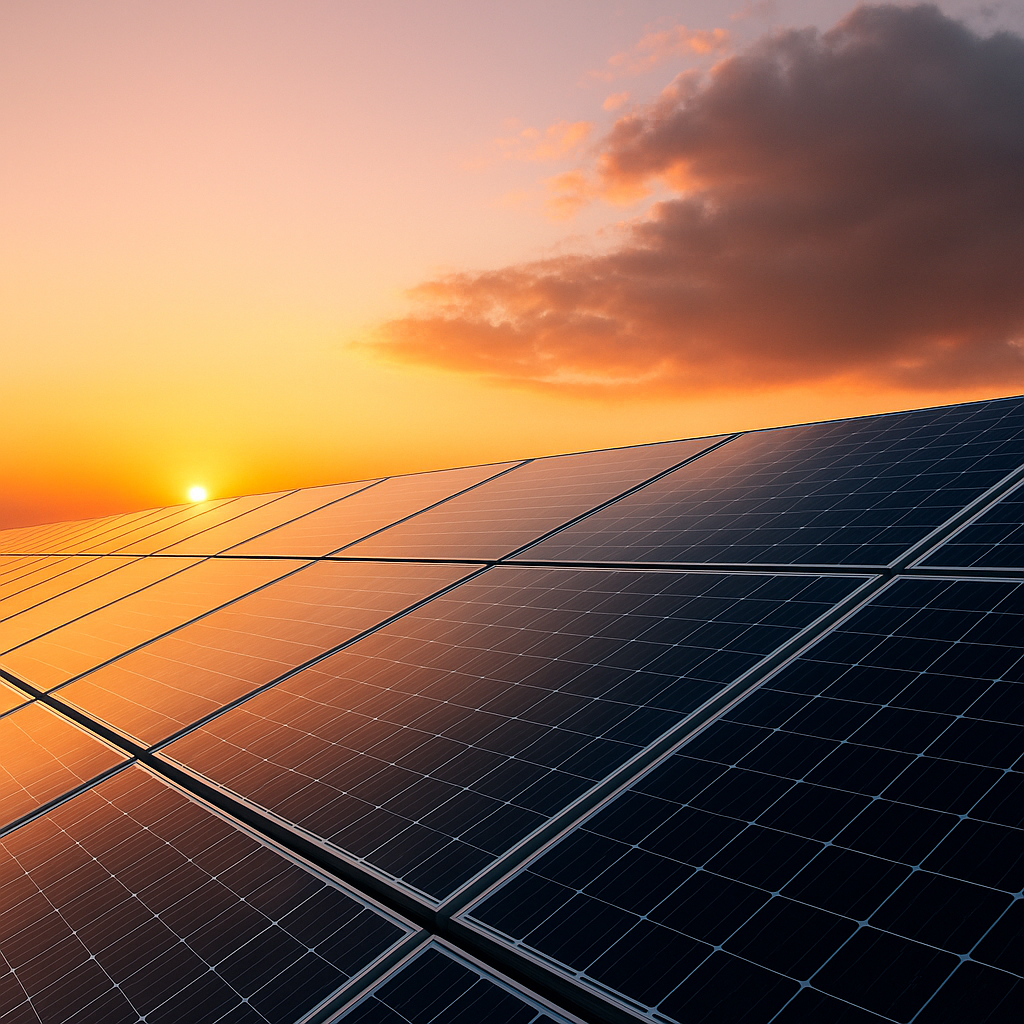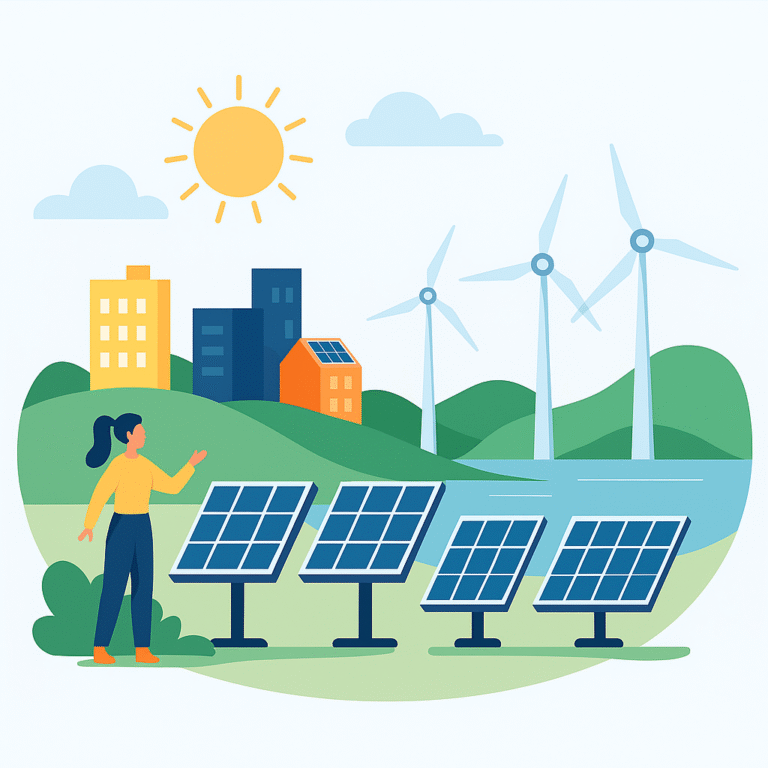A Brighter Future: The Promise of Solar Energy Lighting
Solar Energy Lighting – In an era where sustainability and environmental consciousness are at the forefront of global concerns, the quest for alternative energy sources has become increasingly urgent. Among the myriad of solutions, solar energy stands out as a beacon of hope, offering a clean, renewable, and inexhaustible source of power. One of the most promising applications of solar energy lies in lighting systems, revolutionizing the way we illuminate our homes, streets, and outdoor spaces. In this comprehensive exploration, we delve into the transformative potential of solar energy lighting, uncovering its benefits, advancements, and innovative applications, including the revolutionary concept of the Solar Energy Backpack.
Illuminating the World with Solar Power
Solar energy lighting harnesses the abundant energy radiated by the sun, converting it into electricity through photovoltaic cells integrated into solar panels. This renewable energy source offers a myriad of benefits, both environmental and practical, making it an increasingly popular choice for illumination worldwide.
Environmental Benefits of Solar Energy Lighting
Reduction of Carbon Emissions: By utilizing solar energy instead of fossil fuels, solar lighting significantly reduces greenhouse gas emissions, contributing to mitigating climate change and air pollution.
Conservation of Resources: Unlike traditional lighting methods that rely on finite resources such as coal or natural gas, solar energy is a sustainable resource that will never run out, ensuring a cleaner and more secure energy future.
Minimal Environmental Impact: Solar energy lighting systems have minimal environmental impact compared to conventional lighting infrastructure, reducing light pollution and preserving natural habitats.
Practical Advantages of Solar Energy Lighting
Cost-Efficiency: While initial installation costs may be higher, solar lighting systems offer long-term cost savings by eliminating electricity bills and reducing maintenance expenses, making them a cost-effective investment in the long run.
Versatility and Accessibility: Solar lighting can be deployed in remote or off-grid areas where traditional electricity infrastructure is unavailable or prohibitively expensive, providing access to illumination in rural communities and underserved regions.
Reliability and Resilience: Solar energy lighting systems are independent of centralized power grids, making them immune to grid failures or blackouts and ensuring uninterrupted illumination even in times of crisis or emergency.
Harnessing Solar Energy on the Go: The Solar Energy Backpack
Innovations in solar energy technology have paved the way for groundbreaking applications beyond traditional lighting systems. One such innovation is the Solar Energy Backpack, a portable and versatile solution that integrates solar panels into backpack designs, enabling users to harness solar power on the go.
Features and Benefits of the Solar Energy Backpack
Portable Power Source: Equipped with lightweight and flexible solar panels, Solar Energy Backpacks allow users to generate electricity while on the move, providing a convenient power source for charging electronic devices such as smartphones, tablets, and laptops.
Off-Grid Charging: Whether hiking in remote wilderness or traveling in areas with limited access to electricity, Solar Energy Backpacks offer a reliable off-grid charging solution, ensuring that essential devices remain powered and accessible at all times.
Environmental Sustainability: By tapping into solar energy for charging electronic devices, Solar Energy Backpacks reduce reliance on conventional electricity sources, minimizing carbon emissions and environmental footprint associated with fossil fuel-based power generation.
Versatility and Convenience: Solar Energy Backpacks are designed for versatility and convenience, featuring multiple compartments and ergonomic designs to accommodate various belongings while maximizing solar panel exposure for optimal energy generation.
Embracing a Brighter Future with Solar Energy
As we navigate the challenges of climate change and strive towards a more sustainable future, the adoption of solar energy lighting represents a significant step forward in reducing our carbon footprint and promoting environmental stewardship. From powering homes and communities to revolutionizing portable charging solutions with innovations like the Solar Energy Backpack, solar energy continues to illuminate our path towards a brighter, cleaner, and more resilient world.
Conclusion
The promise of solar energy lighting transcends mere illumination; it embodies a vision of sustainability, innovation, and empowerment, offering a tangible blueprint for a brighter future powered by the boundless energy of the sun. As we embrace the transformative potential of solar energy, let us illuminate not only our streets and homes but also our collective journey towards a more sustainable and prosperous tomorrow.





